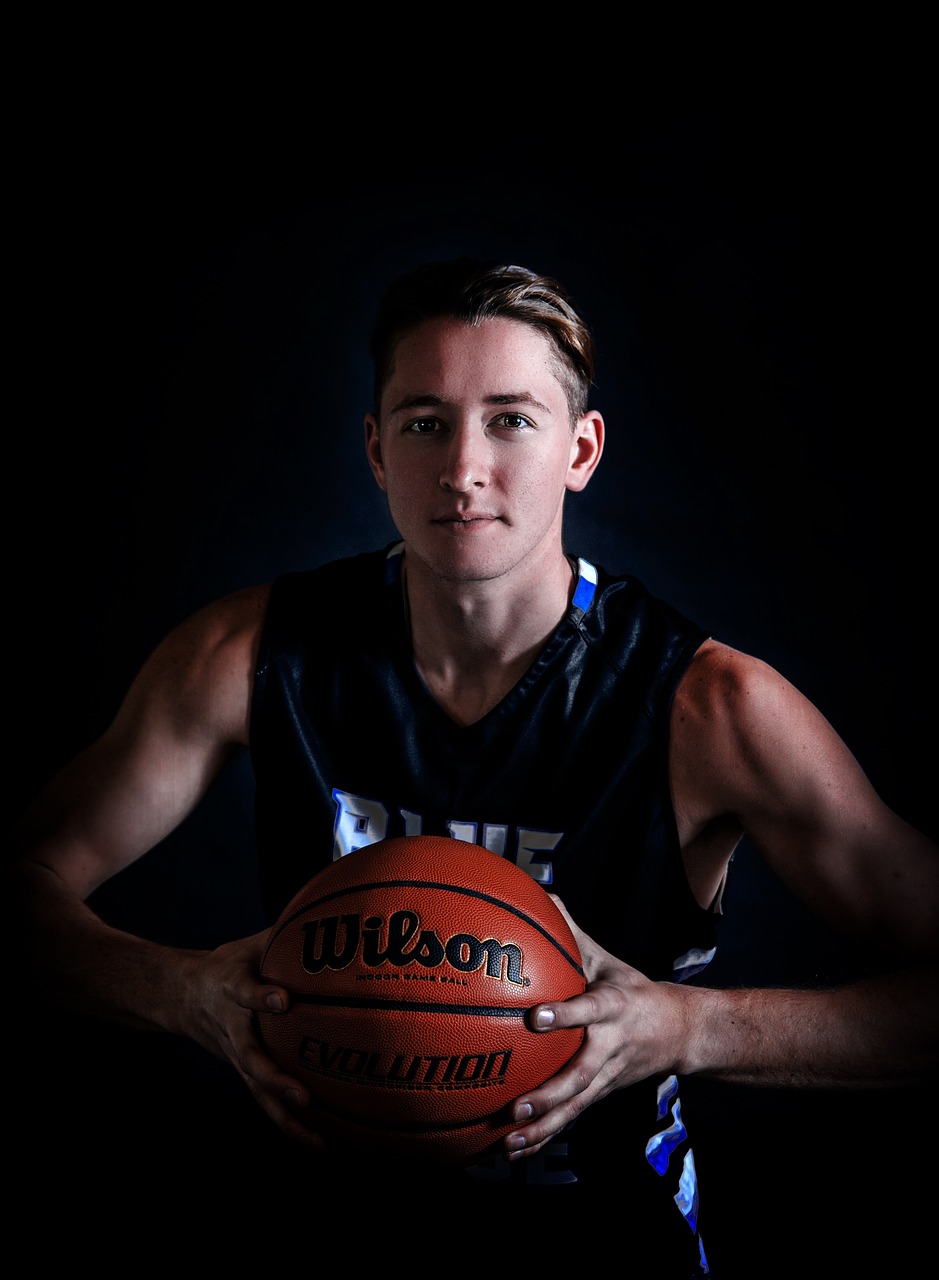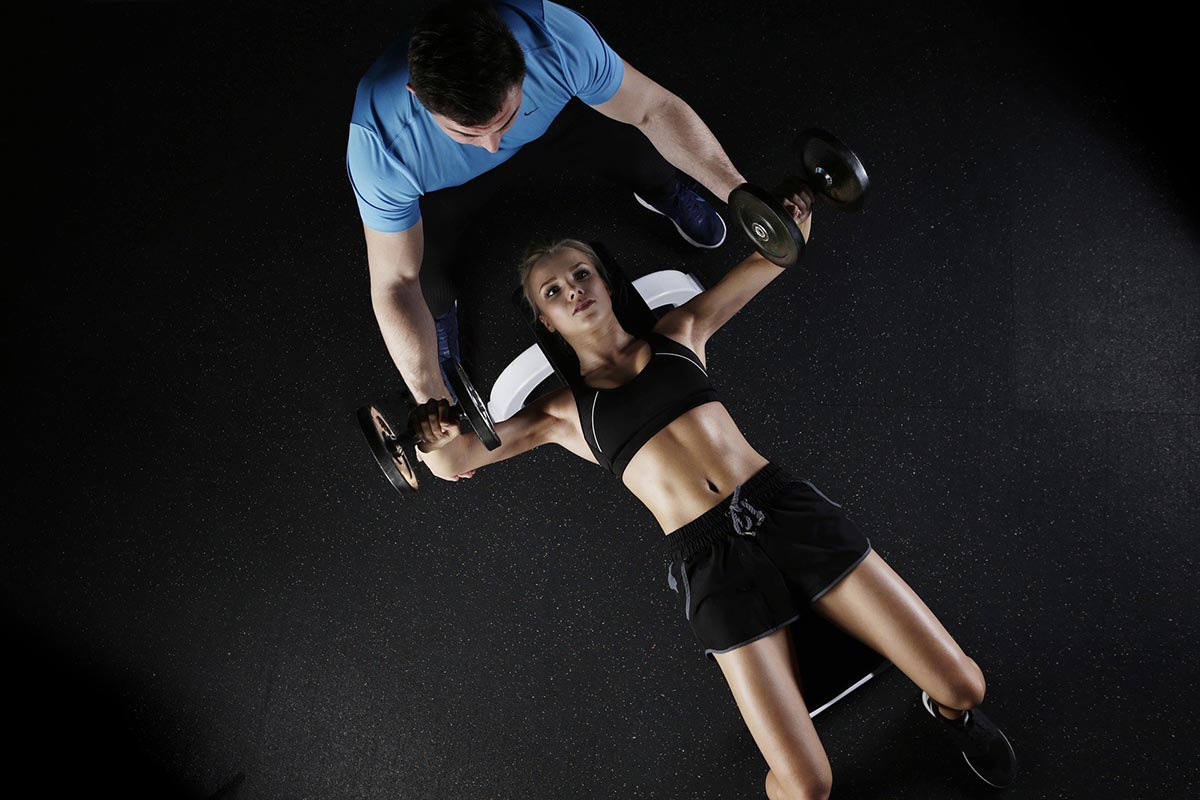If you're a basketball player, one aspect of your training you should never overlook is stretching. While most athletes dedicate ample time to drills, weightlifting, and practicing their game, the flexibility component often takes a backseat. Stretching is not only essential for recovery but also for improving performance and preventing injuries.
Why Stretching Matters for Basketball Players
Stretching is vital for bringing your heart rate back to normal after intense physical activity. It also promotes muscle recovery and enhances your range of motion. This increased flexibility allows basketball players to move more dynamically and execute plays with precision. Players with a restricted range of motion often struggle to perform at their best, and tight muscles increase the risk of injuries, sidelining athletes from the game.
Here’s an in-depth look at five essential stretches every basketball player should incorporate into their routine.
Quad Stretch
Your quadriceps play a crucial role in basketball. Every lunge, sprint, and leap depends on the strength and flexibility of these muscles. Tight quads not only hinder movement but can also lead to injuries.
To perform the quad stretch, stand upright, squeeze your glutes, and pull your hips slightly forward. Bend one knee, bringing your foot up to your glutes, and hold it there with your hand. Focus on keeping your knees aligned to avoid straining the joint. Hold this position for 30-60 seconds and switch sides.
Shoulder Stretch
Basketball players often experience tight shoulders from repetitive shooting motions. Stretching the shoulders helps alleviate tension and reduces the likelihood of pain or overuse injuries.
To perform the shoulder stretch, stand near a wall and gently place one arm back against it. Lean into the wall to create a light stretch in your shoulder joint. Hold for 20-30 seconds, then switch arms. Remember, you should feel a gentle pull, not pain. If you experience discomfort, ease off the stretch to avoid causing harm.
Calf Stretch
Jumping is a fundamental part of basketball, and tight calves can lead to discomfort or even shin splints. Stretching your calves post-workout can prevent these issues and enhance your jumping ability.
Stand facing a wall, place one foot against it, and press gently until you feel a stretch in your calf muscle. Lean slightly forward to deepen the stretch, hold for 20-30 seconds, and then switch sides. Alternatively, you can stand on a step with your heels hanging off the edge, letting your weight pull your heels downward for a deeper stretch.
Side Stretch
Basketball requires rapid directional changes and rotational movements, which engage the muscles along your sides. Stretching these muscles improves mobility and reduces the risk of strain during quick pivots or reaches.
To perform a side stretch, stand with your feet slightly wider than hip-width apart. Raise one arm overhead and lean to the opposite side, reaching as far as you comfortably can. Hold the stretch briefly, return to the starting position, and repeat on the other side.
Hamstring Stretch
Hamstrings are another critical muscle group for basketball players, as they’re heavily involved in running and jumping. Tight hamstrings not only reduce flexibility but can also lead to injuries.
To stretch your hamstrings, stand tall and lean forward at the hips, aiming to touch your toes. Keep your knees slightly bent if needed, and focus on feeling the stretch in the back of your thighs. Alternatively, perform this stretch seated with your legs extended straight in front of you. Reach towards your toes, hold for 20-30 seconds, and repeat.
The Importance of a Stretching Routine
Stretching isn’t just an afterthought—it’s a critical part of any basketball training program. By dedicating just a few minutes to these stretches after practice or a game, you’ll improve muscle recovery, boost your range of motion, and reduce the risk of injuries. Flexibility can make all the difference between a good athlete and a great one.
Beyond Stretching: Enhancing Your Basketball Performance
In addition to stretching, maintaining overall physical fitness is crucial. Incorporate strength training, cardio, and proper nutrition into your regimen. Stay hydrated to optimize muscle function, and ensure you’re getting enough rest to allow your body to recover.
For athletes dealing with tightness or recurring injuries, consider consulting a physical therapist or sports specialist. They can provide targeted exercises to address specific areas of concern and help you get back to peak performance.
Stretching is often underestimated, yet it plays a vital role in maintaining a basketball player’s health and performance. By incorporating these five stretches into your routine, you’ll not only enhance your flexibility but also minimize the risk of injuries. Stay committed to your stretching regimen, and you’ll find yourself moving more efficiently, recovering faster, and performing better on the court.
About Shannon Clark
Shannon Clark holds a degree in Exercise Science and is an AFLCA-certified personal trainer. She has written extensively on health, fitness, and nutrition topics for over eight years. Her work is regularly featured on leading fitness platforms, including Bodybuilding, AskMen, and FitRated.com. For more insights on fitness strategies and equipment, visit FitRated today!
About Shannon Clark
Shannon Clark has a degree in Exercise Science and is an AFLCA certified personal trainer. She has written on the topics of health, fitness and nutrition for the last 8 years. Her insights are regularly published on bodybuilding, askmen and FitRated.com. FitRated is a leading fitness equipment review site offering fitness insights on equipment, workout plans and weight loss strategies. Check out the latest review of Total Gym XLS!













